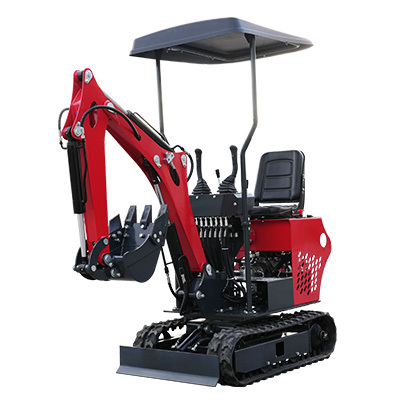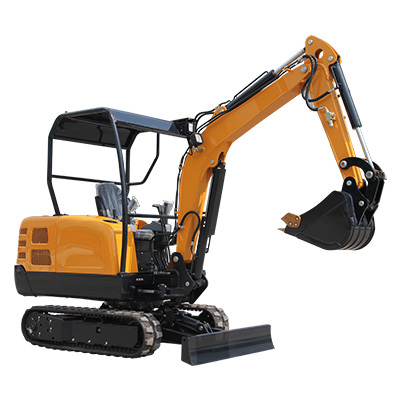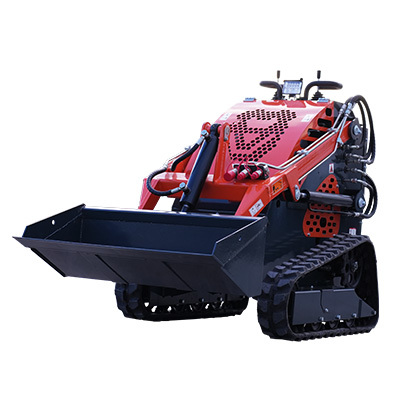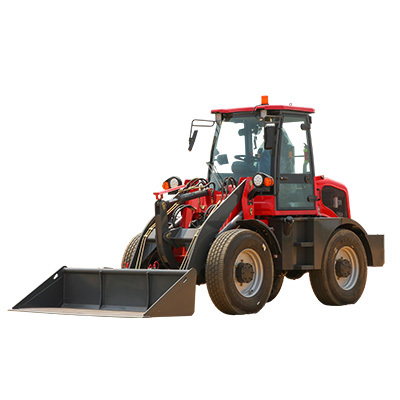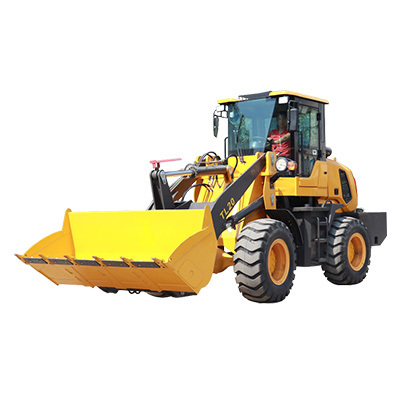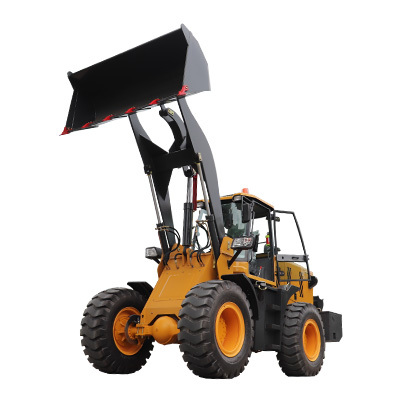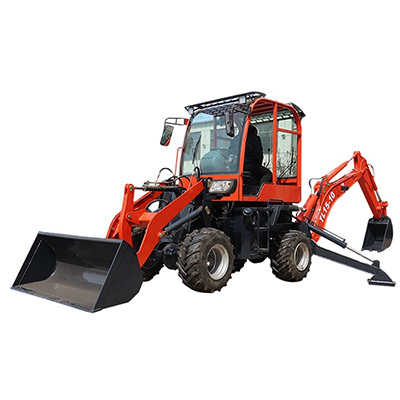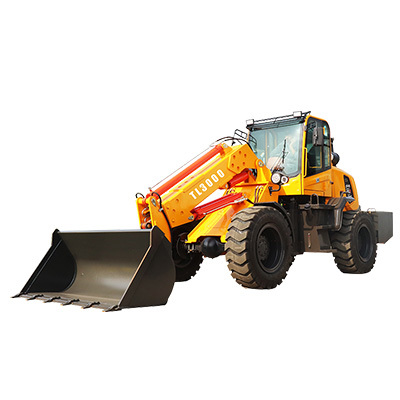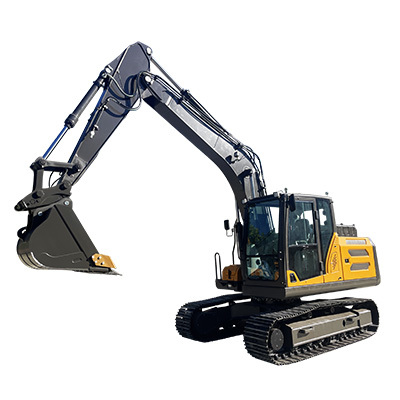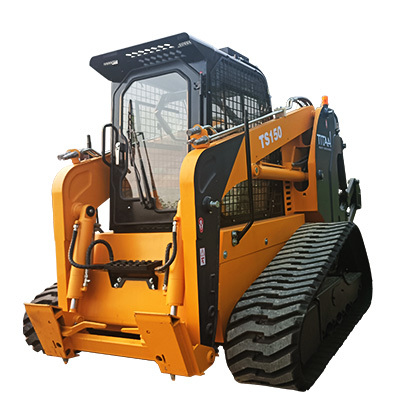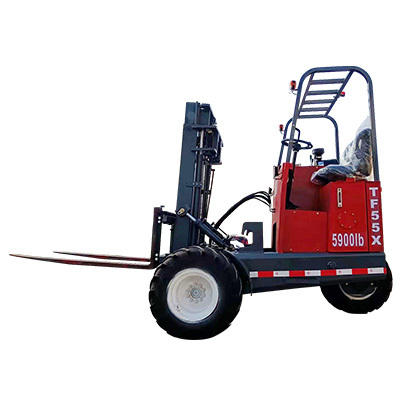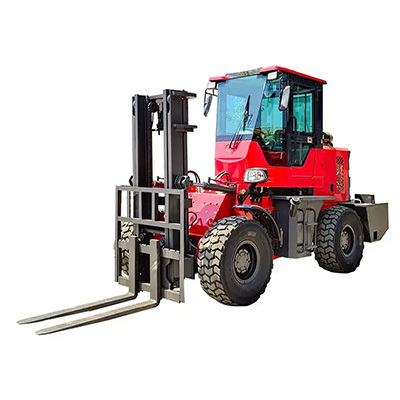Understanding Materials Handling Equipment: Enhancing Efficiency in Transportation and Warehousing
Release time:
2025-06-15
Summary
In the ever-evolving landscape of transportation and warehousing, the significance of materials handling equipment (MHE) cannot be overstated. This equipment encompasses a wide array of tools and devices designed to facilitate the movement, protection, storage, and control of materials throughout the manufacturing and distribution process. Understanding the various types of MHE and their applicati
In the ever-evolving landscape of transportation and warehousing, the significance of materials handling equipment (MHE) cannot be overstated. This equipment encompasses a wide array of tools and devices designed to facilitate the movement, protection, storage, and control of materials throughout the manufacturing and distribution process. Understanding the various types of MHE and their applications can greatly enhance operational efficiency and productivity in your business.
One of the most common types of materials handling equipment is the forklift. Forklifts are versatile machines that can lift, move, and stack heavy loads, making them invaluable for warehouses and distribution centers. There are various types of forklifts, including electric, diesel, and gas-powered models, each suited for different environments and load capacities. When selecting a forklift, consider factors such as the weight of the loads, the space available for maneuvering, and the nature of the materials you are handling.
Another essential category of MHE is conveyor systems. These systems streamline the transportation of goods over short to medium distances within a facility. They can be customized to suit specific workflows, helping to minimize manual handling and reduce the risk of injury. Conveyors can also be integrated with other technologies, such as automated sorting systems, to further enhance efficiency.
Pallet jacks represent another critical piece of materials handling equipment. These manual or electric devices are designed to lift and move pallets, making them ideal for transporting goods around a warehouse or loading dock. Their simplicity and ease of use make them a staple in many operations. When utilizing pallet jacks, it’s vital to provide proper training to operators to ensure safety and efficiency.
For businesses handling bulk materials, stacker cranes and automated storage and retrieval systems (AS/RS) can significantly optimize space utilization and minimize labor costs. These advanced systems can automatically store and retrieve products, reducing the time spent on manual handling and improving inventory accuracy.
In addition to enhancing efficiency, materials handling equipment also plays a pivotal role in workplace safety. Properly maintained equipment, along with appropriate training for operators, can minimize accidents and injuries. Regular inspections and adherence to safety protocols are essential for keeping both equipment and personnel safe.
In conclusion, investing in the right materials handling equipment is essential for businesses in the transportation and warehousing sectors. By understanding the various types of MHE and their applications, you can streamline operations, improve safety, and ultimately increase productivity. Whether you are upgrading existing equipment or considering new purchases, a strategic approach to materials handling can set your business up for success.
Back to list
One of the most common types of materials handling equipment is the forklift. Forklifts are versatile machines that can lift, move, and stack heavy loads, making them invaluable for warehouses and distribution centers. There are various types of forklifts, including electric, diesel, and gas-powered models, each suited for different environments and load capacities. When selecting a forklift, consider factors such as the weight of the loads, the space available for maneuvering, and the nature of the materials you are handling.
Another essential category of MHE is conveyor systems. These systems streamline the transportation of goods over short to medium distances within a facility. They can be customized to suit specific workflows, helping to minimize manual handling and reduce the risk of injury. Conveyors can also be integrated with other technologies, such as automated sorting systems, to further enhance efficiency.
Pallet jacks represent another critical piece of materials handling equipment. These manual or electric devices are designed to lift and move pallets, making them ideal for transporting goods around a warehouse or loading dock. Their simplicity and ease of use make them a staple in many operations. When utilizing pallet jacks, it’s vital to provide proper training to operators to ensure safety and efficiency.
For businesses handling bulk materials, stacker cranes and automated storage and retrieval systems (AS/RS) can significantly optimize space utilization and minimize labor costs. These advanced systems can automatically store and retrieve products, reducing the time spent on manual handling and improving inventory accuracy.
In addition to enhancing efficiency, materials handling equipment also plays a pivotal role in workplace safety. Properly maintained equipment, along with appropriate training for operators, can minimize accidents and injuries. Regular inspections and adherence to safety protocols are essential for keeping both equipment and personnel safe.
In conclusion, investing in the right materials handling equipment is essential for businesses in the transportation and warehousing sectors. By understanding the various types of MHE and their applications, you can streamline operations, improve safety, and ultimately increase productivity. Whether you are upgrading existing equipment or considering new purchases, a strategic approach to materials handling can set your business up for success.
More News
Compact Construction Equipment manufacturer
2025-12-09

